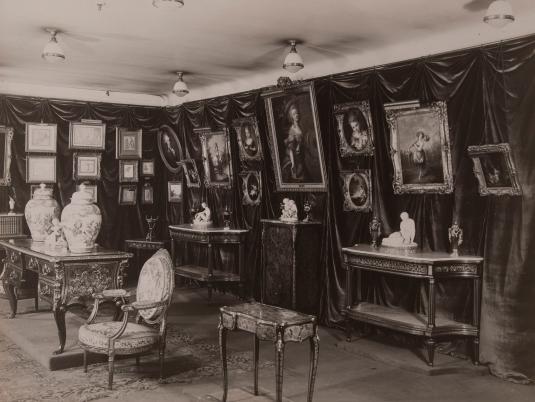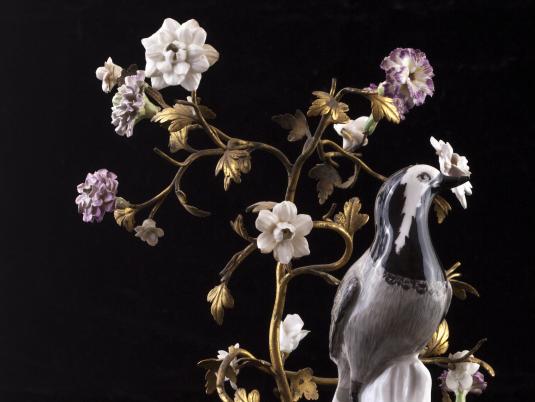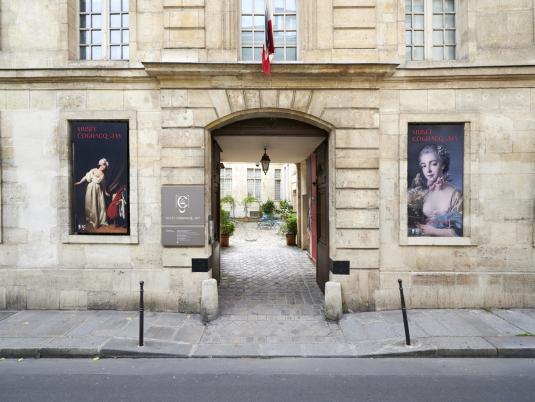The Empire of the Senses
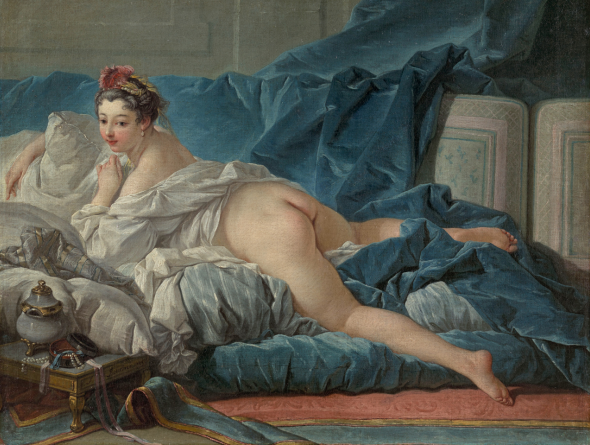
Embark for Kythira, the island of love, following the path of French painter François Boucher in its most daring creations.
More than at any other time, the theme of Love occupies in the 18th century a central place in the arts. Philosophers, dramatists, novelists and artists, all of them explore the theme of love affections and desire, for the greatest delight of the elites. Considered as the century of pleasure and libertinage, this century brings the advent of the pleasure of the senses. Gallantry is transformed into a game throughout society that gives free rein to pleasure and physical desire.
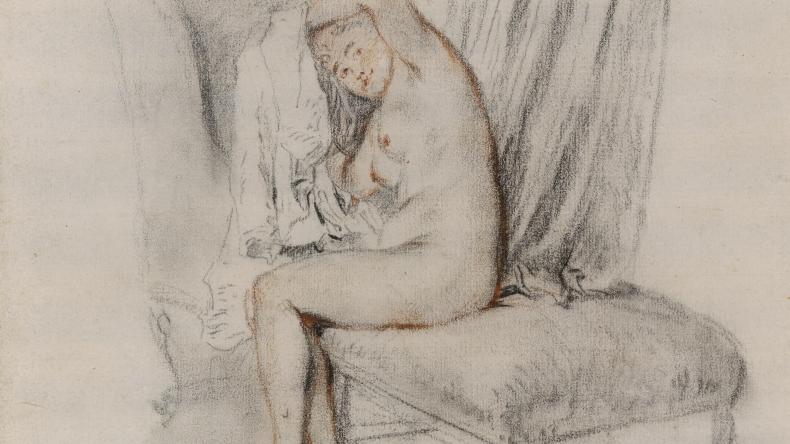
Antoine Watteau
vers 1717-1719, pierre noire, sanguine et estompe sur papier grisâtre
Londres, British Museum, Legs George Salting, 1910
© The Trustees of the British Museum. All rights reserved
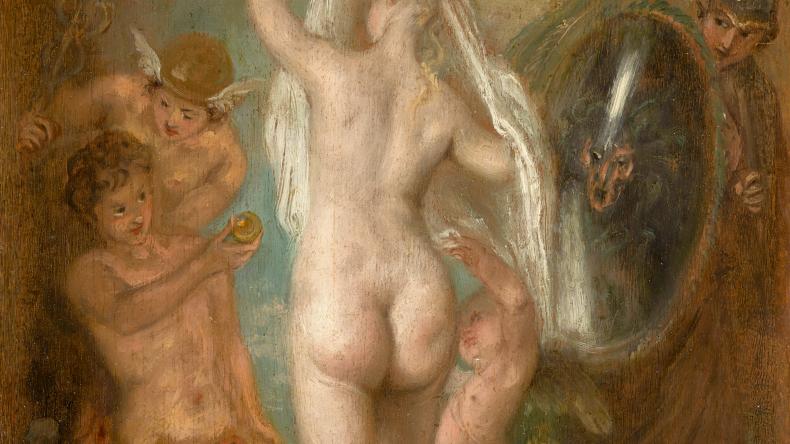
Antoine Watteau
vers 1718-1721, huile sur bois
Paris, musée du Louvre, département des Peintures
© RMN-Grand Palais (musée du Louvre) / Franck Raux
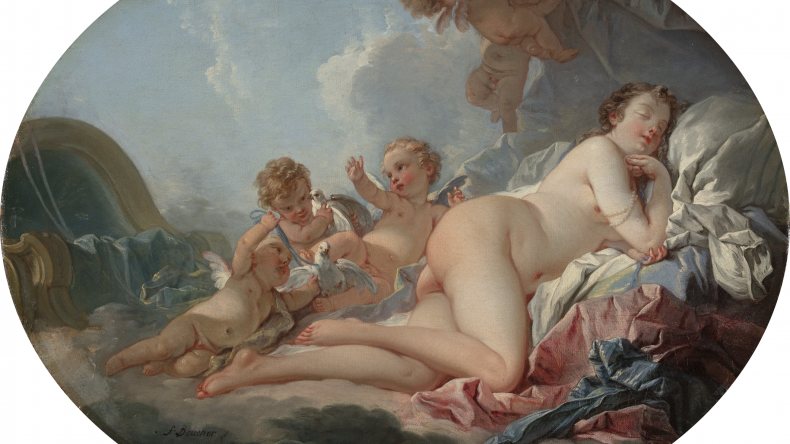
François Boucher
vers 1740, huile sur toile
Moscou, musée d’État des Beaux-Arts Pouchkine
© The Pushkin State Museum of Fine Arts
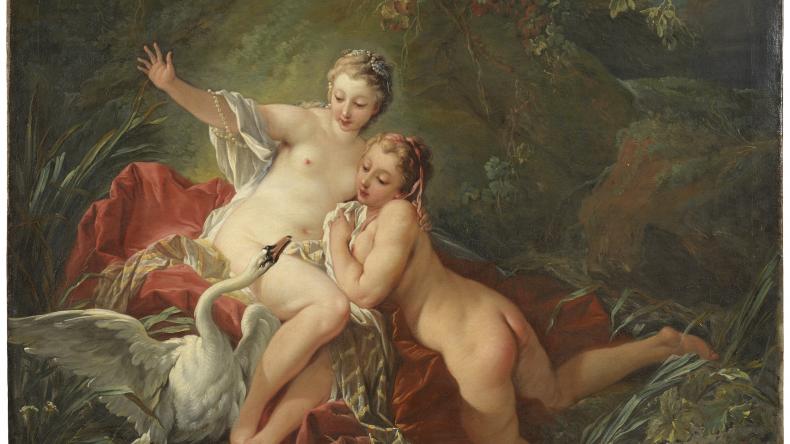
François Boucher
1742, huile sur toile
Stockholm, Nationalmuseum
© NationalMuseum, Stockholm
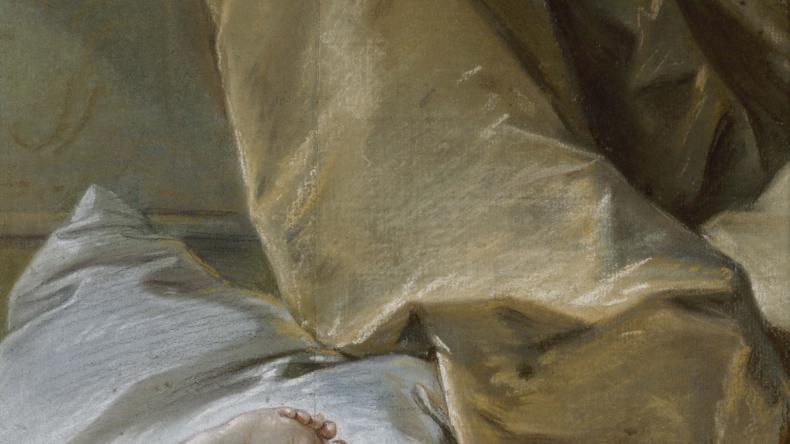
François Boucher
vers 1751-1752, pastel
Paris, musée Carnavalet - Histoire de Paris
© Musée Carnavalet / Paris Musées
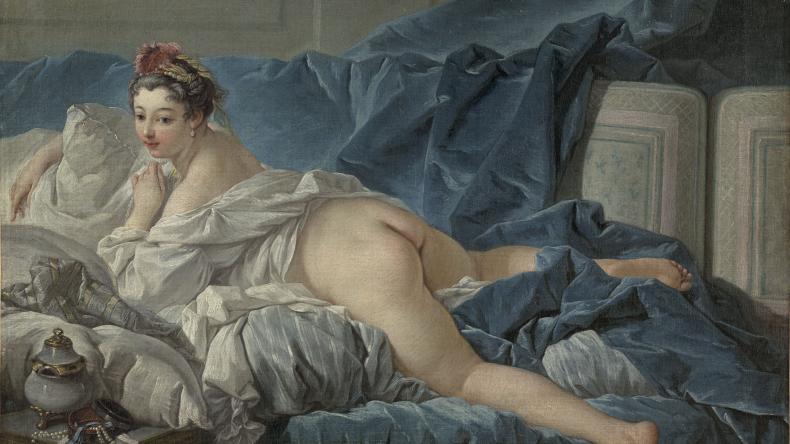
François Boucher
1745, huile sur toile
Paris, musée du Louvre, département des Peintures
© RMN-Grand Palais (musée du Louvre) / Tony Querrec
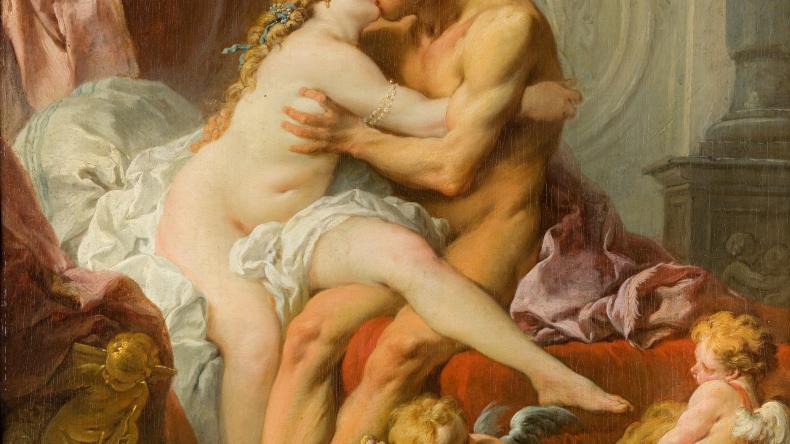
François Boucher
vers 1732-1735, huile sur toile
Moscou, Musée d’État des Beaux-Arts Pouchkine
© The Pushkin State Museum
of Fine Arts
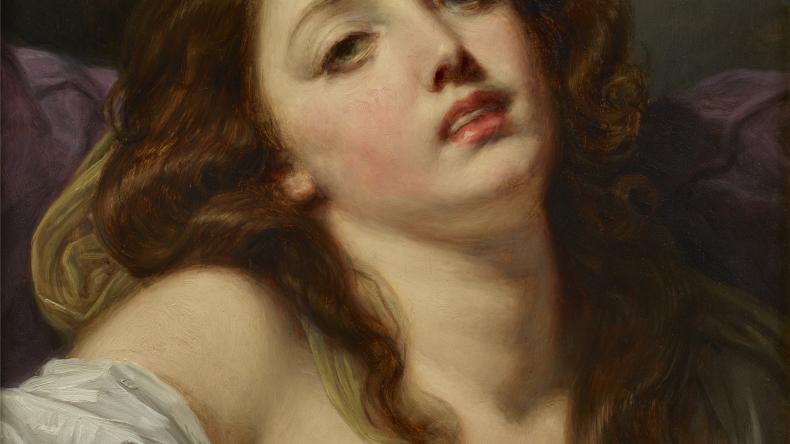
Jean-Baptiste Greuze
1765, huile sur bois
Paris, collection particulière
© Thomas Hennocque
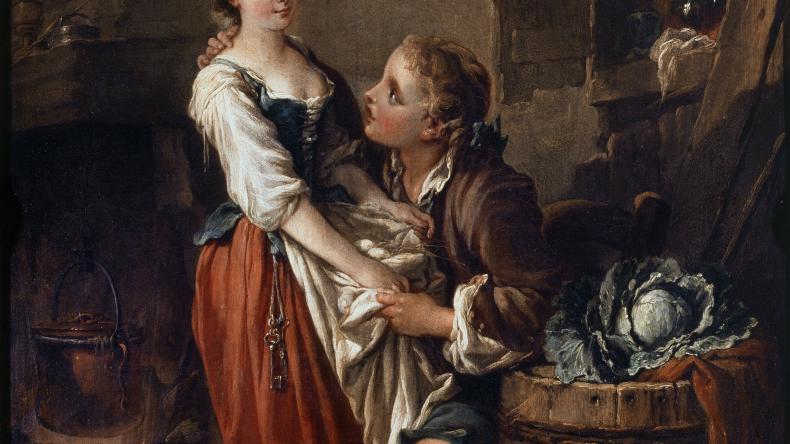
François Boucher
vers 1735, huile sur bois
Paris, musée Cognacq-Jay
© Musée Cognacq-Jay / Paris Musées
For the philosophical dictionary, voluptuousness, "the pleasure of bodies and senses," is that feeling "which is not followed by any regret or repentance, and whose enjoyment is still renewed by the memory and the help of the imagination." (1751). As for libertinage, it describes in the eighteenth century a widespread practice of the sociability of elites where sexual consumption is clearly dissociated from feeling. Thus, this century of Love offers, under the brush of the best painters, a profusion of light-hearted scenes, with shepherds and shepherdesses, alcoves where amorous passions take place, boudoirs where languid sighs are exchanged and desires are disappointed, so many theaters of the games of love and chance.
On the occasion of the anniversary of the death of François Boucher (1703-1770), the exhibition organized by the Cognacq-Jay museum proposes to explore the theme of Love in the Age of Enlightenment by considering its most extreme form, the licentious iconography - paintings, drawings and prints that deal with the desire as they arouse, in the viewer, the excitement of the senses. The ambition is to replace Boucher's most provocative works in a history of love, from Antoine Watteau to Jean-Baptiste Greuze.
Initially scheduled in 2020, the exhibition has been postponed to 2021 due to the global pandemic.
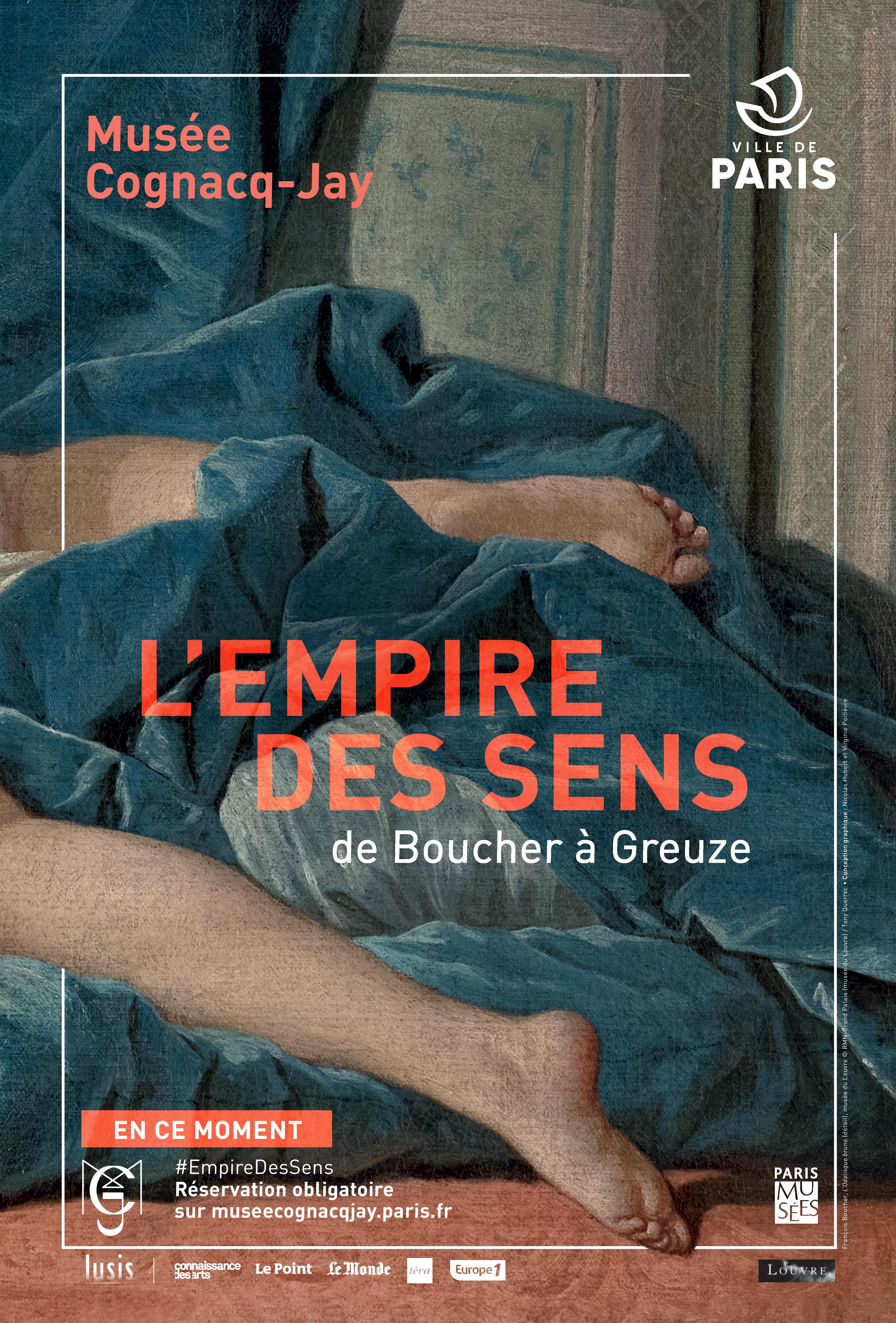
Curation
- Annick Lemoine, directrice du musée Cognacq-Jay
- Assistée de Sixtine de Saint-Léger, attachée de conservation au musée Cognacq-Jay
Expert committee
- Guillaume Faroult, chief curator, in charge of 18th century French paintings and English and American paintings, Louvre museum
- Françoise Joulie, art historian
- Alastair Laing, honorary curator at the National Trust, London


